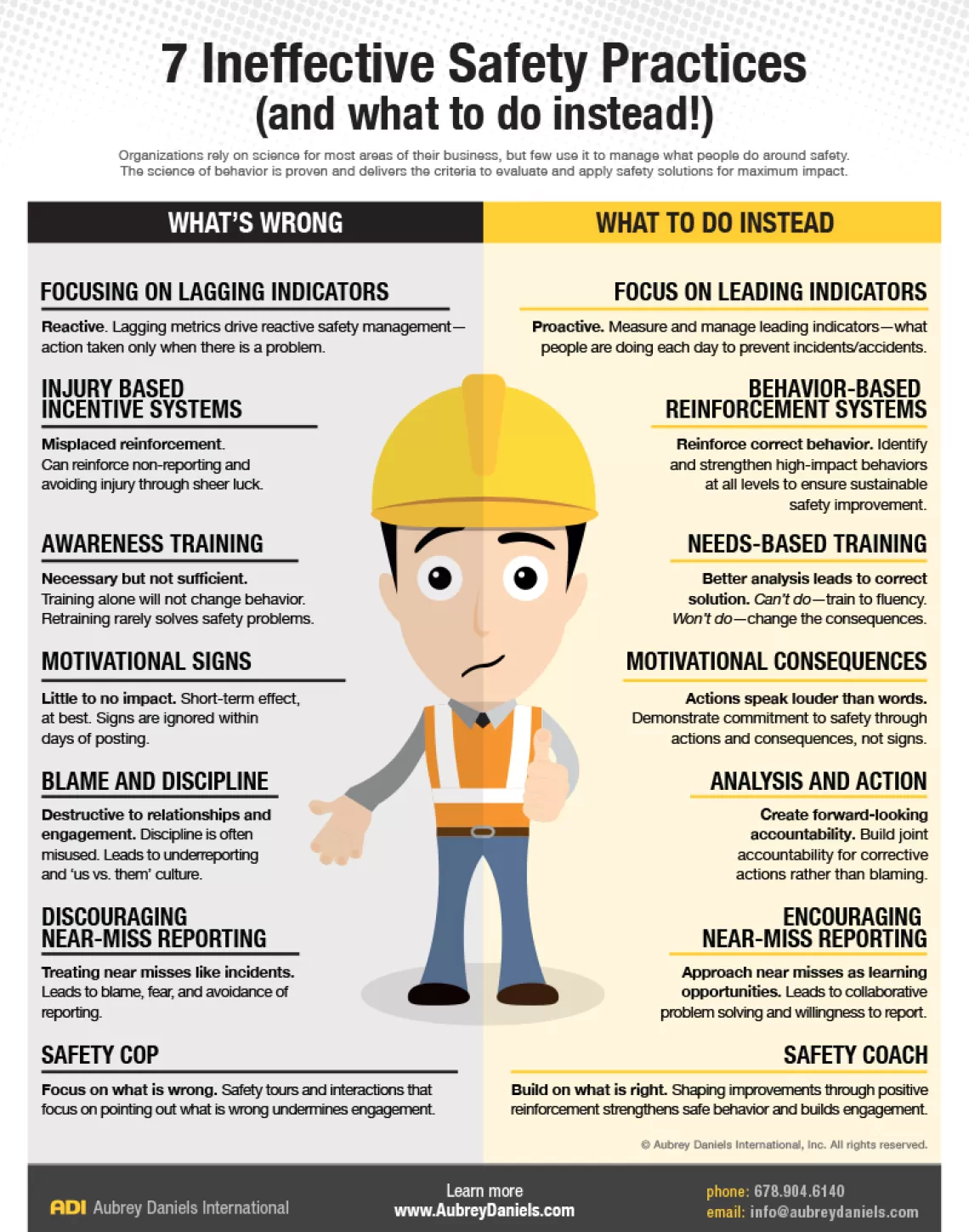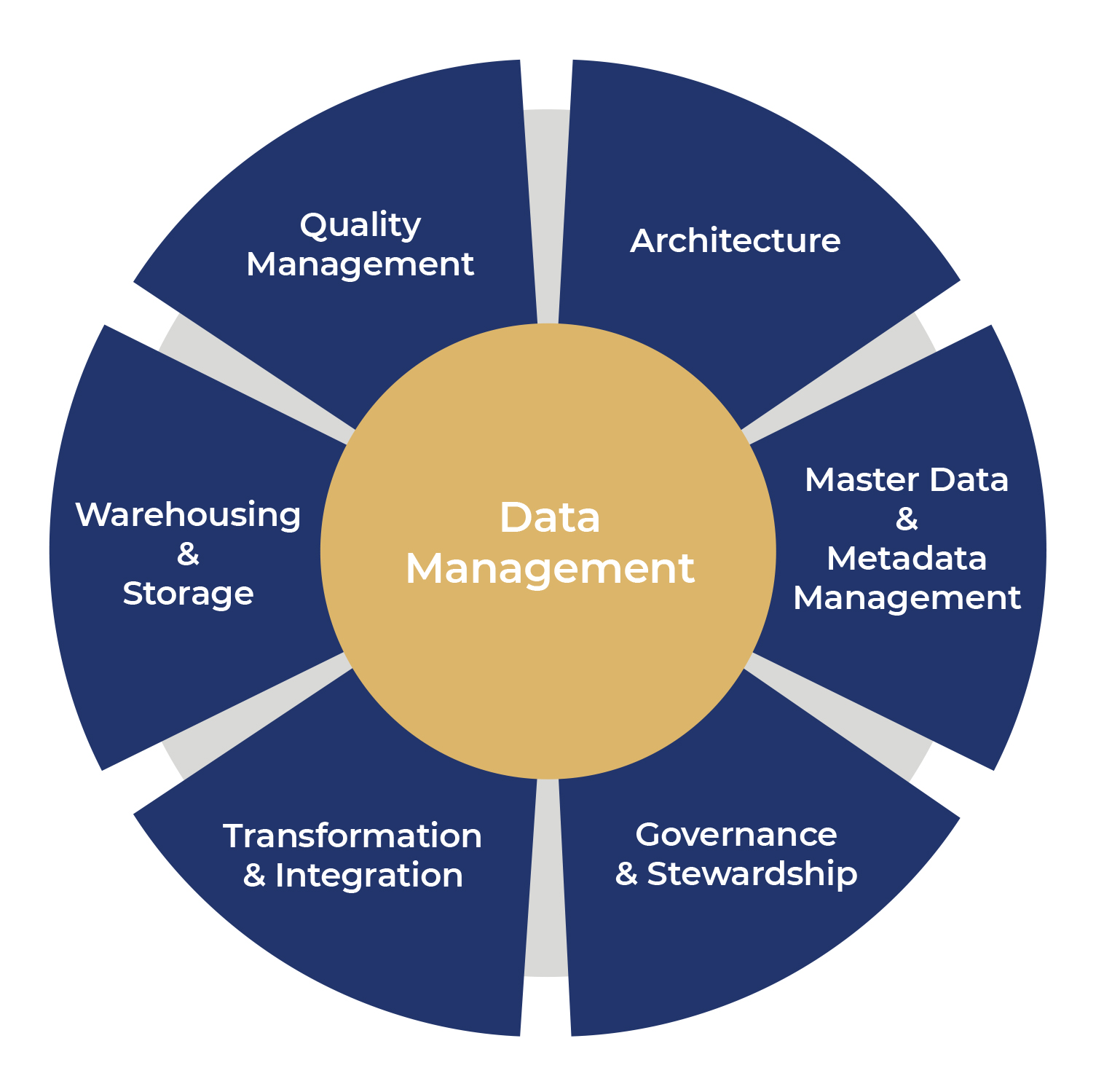Having Inefficient Or Ineffective Practices Systems
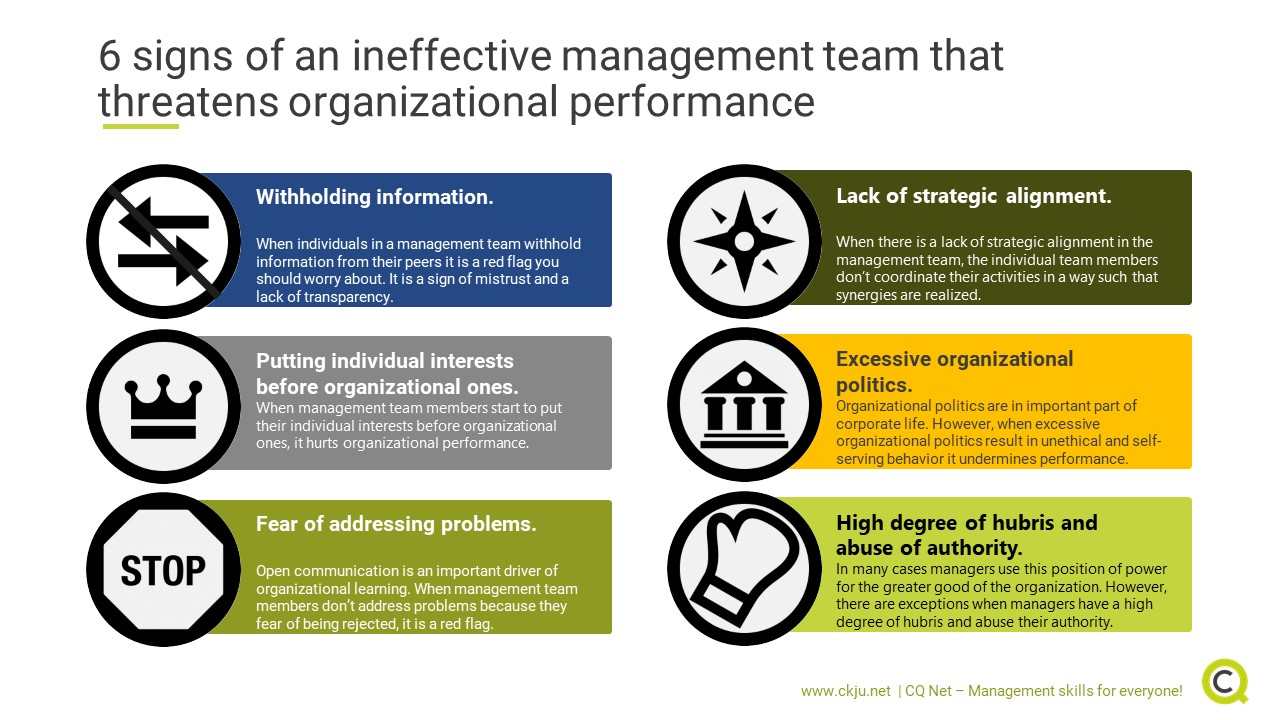
A silent crisis is brewing across industries, draining resources and stifling innovation: the prevalence of inefficient and ineffective practices. From bloated bureaucratic processes in government agencies to convoluted workflows in private enterprises, the cost of these shortcomings is staggering, impacting productivity, profitability, and ultimately, national competitiveness.
This article delves into the pervasive problem of ineffective operational systems, exploring its root causes, far-reaching consequences, and potential solutions. We will examine how outdated technologies, poor communication, lack of training, and resistance to change contribute to this systemic inefficiency. The focus will be on quantifying the impact of these deficiencies and outlining strategies for organizations to optimize their practices and unlock their full potential.
The High Cost of Inefficiency
Inefficient practices manifest in myriad ways. These include duplicated efforts, excessive paperwork, prolonged decision-making cycles, and underutilization of employee skills.
According to a recent study by McKinsey & Company, ineffective processes can consume up to 30% of an organization's revenue. This represents a significant loss that could be reinvested in innovation, employee development, or customer service.
Professor Anya Sharma, a leading expert in organizational behavior at Stanford University, states, "Inefficiency isn't just about wasted time; it's about lost opportunities. Organizations that cling to outdated practices are essentially handicapping themselves in a rapidly evolving market."
Root Causes: A Complex Web
Identifying the sources of operational inefficiencies often reveals a complex interplay of factors.
One of the most common culprits is outdated technology. Many organizations are still relying on legacy systems that are cumbersome, difficult to integrate, and prone to errors. This reliance on antiquated technology not only slows down operations but also increases the risk of security breaches and data loss.
Communication breakdowns also play a significant role. When information doesn't flow smoothly between departments or teams, it can lead to misunderstandings, delays, and duplicated work. Poor communication also fosters a climate of mistrust and resentment, further hindering productivity.
"Lack of proper training is a major contributor to inefficiency," says John Davies, CEO of Process Improvement Solutions. "Employees who aren't adequately trained on new technologies or processes are more likely to make mistakes and take longer to complete tasks."
Resistance to change is another significant hurdle. Many employees are resistant to adopting new technologies or processes, even if they are more efficient than the old ones. This resistance can stem from fear of the unknown, lack of understanding, or simply a preference for the status quo.
Impact Across Sectors
The consequences of inefficient practices are felt across all sectors of the economy. In the public sector, bureaucratic red tape can delay vital services and erode public trust.
A report by the Government Accountability Office (GAO) found that inefficient procurement processes cost the federal government billions of dollars each year.
In the healthcare industry, inefficient workflows can lead to medical errors, longer wait times, and increased costs. Research published in the Journal of the American Medical Association (JAMA) highlighted that streamlined processes in hospitals could significantly improve patient outcomes and reduce healthcare expenditures.
Manufacturing companies grapple with inefficiencies in their supply chains, production lines, and inventory management. These inefficiencies can lead to production delays, increased waste, and reduced profitability.
Strategies for Optimization
Addressing the problem of inefficient practices requires a multifaceted approach.
Organizations need to invest in modernizing their technology infrastructure. This includes upgrading to cloud-based systems, implementing automation tools, and adopting data analytics platforms. This investment in new technologies allows businesses to streamline their processes and make data-driven decisions.
Improving communication is also crucial. Organizations should implement clear communication channels, foster a culture of open dialogue, and provide employees with training on effective communication skills. The utilization of project management software and collaboration tools can greatly improve internal communication and task management.
Lean Management and Six Sigma
Lean management and Six Sigma are two popular methodologies for optimizing processes. Lean management focuses on eliminating waste and streamlining workflows, while Six Sigma aims to reduce variation and improve quality.
Implementing these methodologies requires a commitment from leadership, employee involvement, and a data-driven approach. Successful implementation of Lean and Six Sigma principles results in significant improvements in efficiency and productivity.
Organizations should also invest in employee training and development. Employees need to be equipped with the skills and knowledge they need to perform their jobs effectively. Training should be ongoing and tailored to the specific needs of each employee.
Furthermore, fostering a culture of continuous improvement is essential. Organizations should encourage employees to identify areas for improvement and to propose solutions. Implementing a system for tracking and measuring progress is also critical.
Looking Ahead
Addressing the issue of inefficient practices is not a one-time fix, but rather an ongoing journey. Organizations need to continuously monitor their processes, identify areas for improvement, and adapt to changing circumstances.
The adoption of artificial intelligence (AI) and machine learning (ML) is poised to revolutionize operational efficiency. These technologies can automate repetitive tasks, provide real-time insights, and predict potential problems before they occur. However, ethical considerations and the need for workforce retraining must be carefully addressed as AI and ML become more prevalent.
By embracing innovation, investing in their people, and fostering a culture of continuous improvement, organizations can overcome the challenges of inefficient practices and unlock their full potential. The future belongs to those who can adapt and optimize, creating a more productive, profitable, and sustainable world.

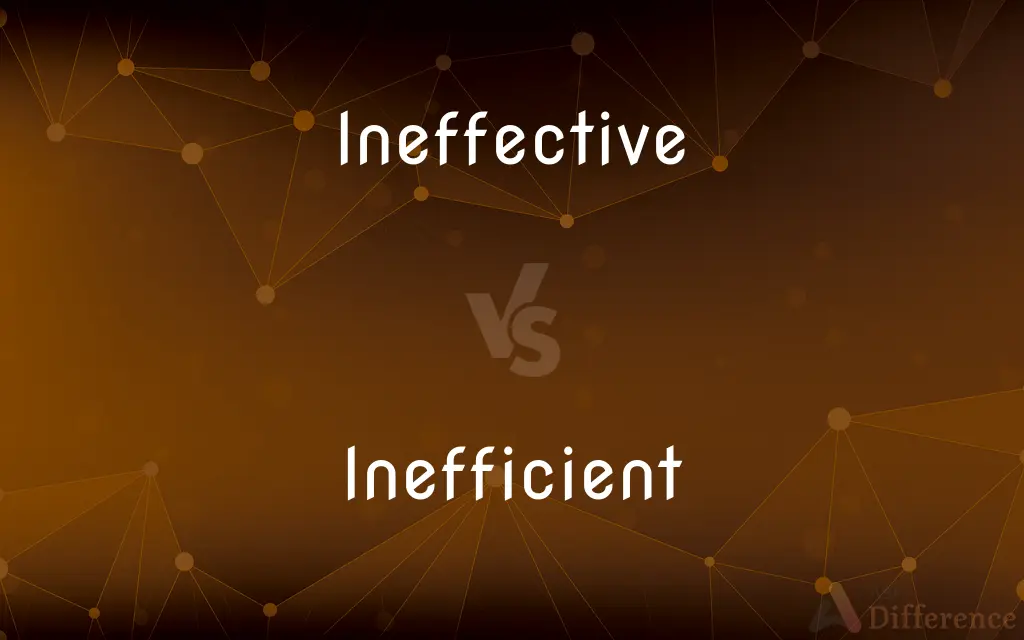
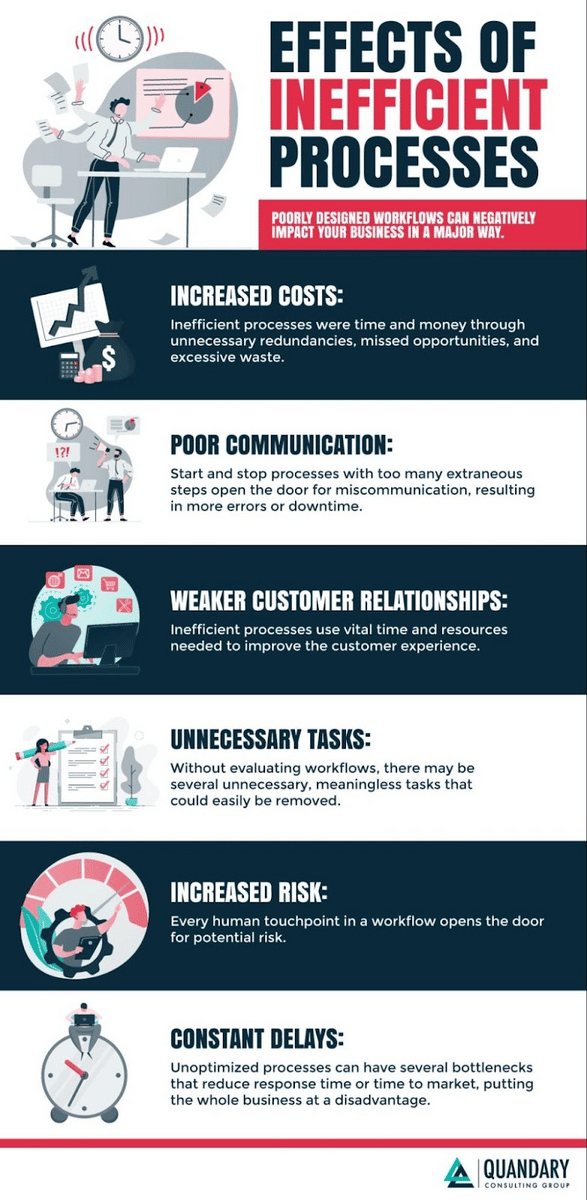
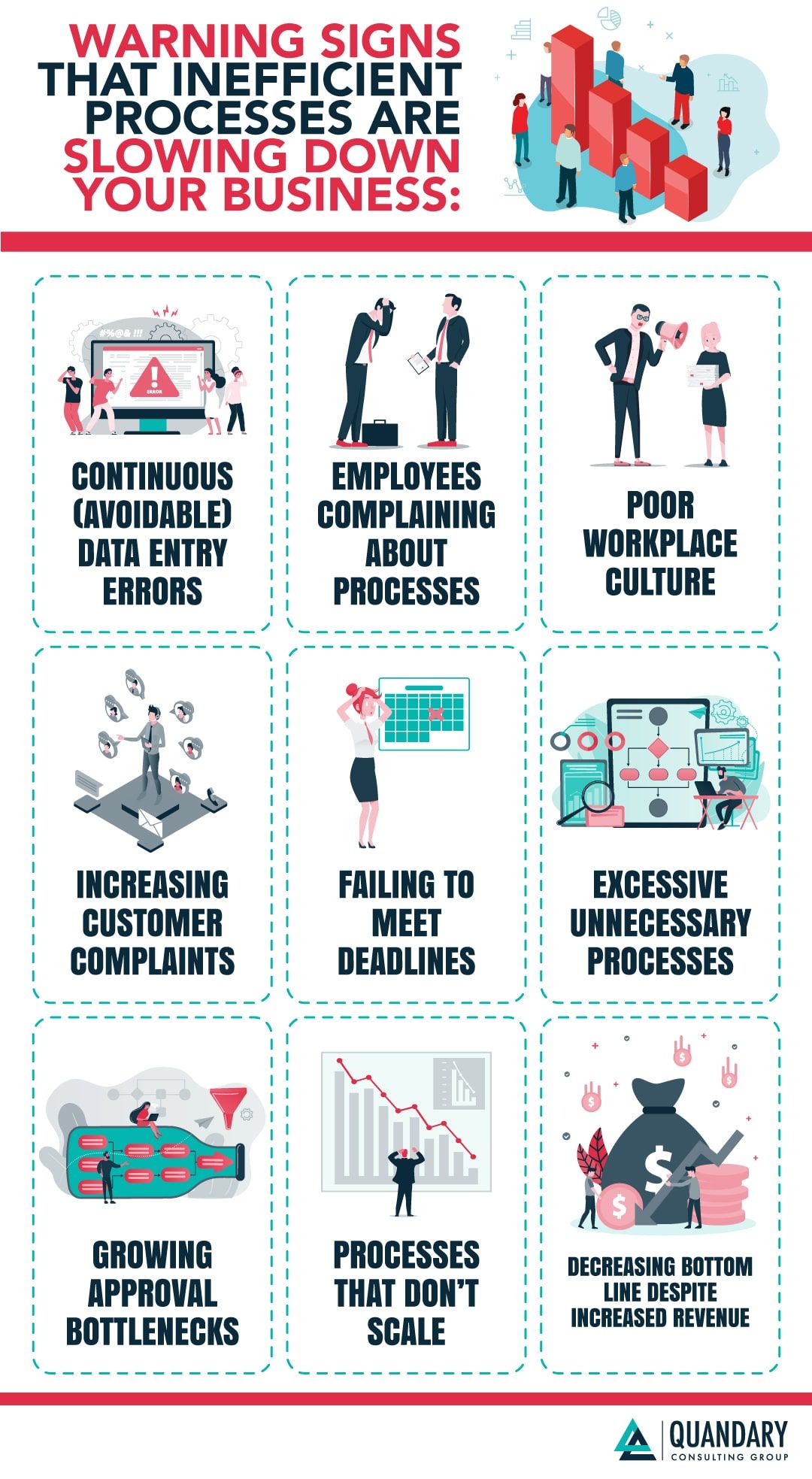



+Ineffective+internal+controls.jpg)







